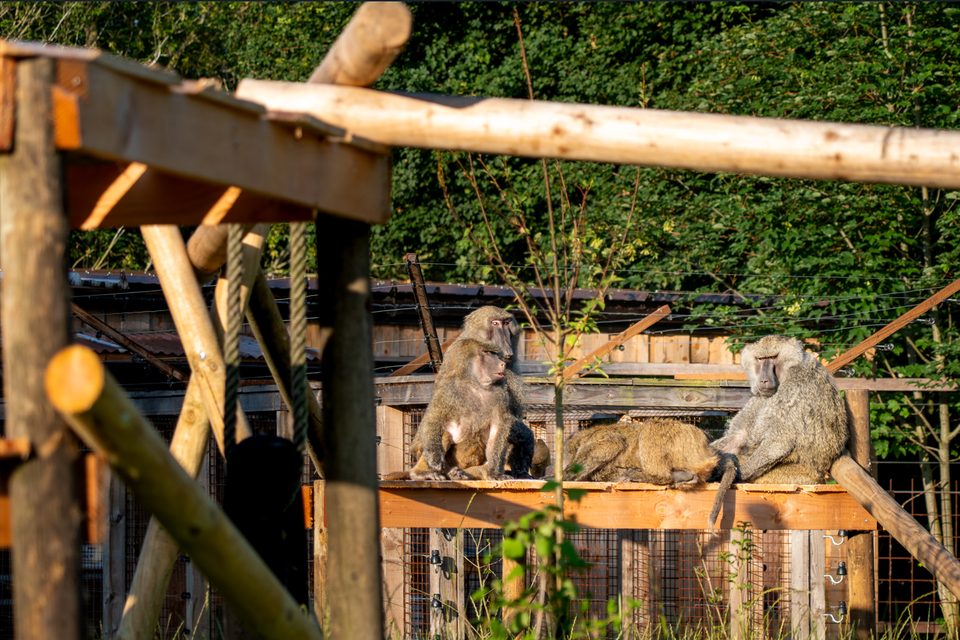Once it cost 77 thousand euros, today the state sells it for a fraction of the price. The monument has become a ruin

30. Apr 2025 at 18:00
I
They wanted to restore it, but it didn’t.
Hanušovce nad Topľou. The drying room, the National Cultural Monument in Hanušovce nad Topľou, could be one of the positive examples of how people who are close to history are trying to save it.
Finally, this was not the case. The civic association that wanted to renew it last two years ago.
The dryer is now in a desolate state. 15 years ago it was worth 77,000 euros. Currently construction sells Ministry of Finance for 7 thousand. She was in the register of the state’s property offered.
The monument was dilapidated from 2017 to 2018, until then it was still in relatively good condition. Now she lacks a roof, staircase or floor. The administrator is the District Office in Prešov.
He founded vegetababil
The area of the misery of medicinal plants was built by a Jewish businessman Alexander Wohl in the first half of the 20th century. He was incorporated into the ordinary buildings of Jewish family houses.
As writes Historian Anton Liška from the University of Prešov in Prešov, wholesale with medicinal plants, forest crops and fruits called Vegetabil, founded WOHL on the treatment, processing and subsequent distribution of natural commodities.
He bought them from local farmers. In a very short time, Wohl found permanent subscribers in Czechoslovakia but also abroad, especially in Switzerland.
During World War II in 1941 Hanušovce nad Topľou left Wohl. His company was taken over by a peasant from nearby Petkoviec Ján Petrík. It is not known how he got to the company. Herbs was no longer involved.
In 1993, the dryer declared a national cultural monument. That year she was still in good condition.
The local museum was interested in her rescue at the beginning of the 1990s. Its director at that time revived the purchase, drying and sale of herbs for a short time, but the company required investment, which eventually buried the effort.
Its value dropped
Since the end of 1996, the building has ceased to finally perform its original function and the care of it began to decline gradually. The drying room has been used primarily as a warehouse In 2005, it got into the hands of the state.
Liška states that the area of the dryer was administered by the District Office of Prešov (currently the District Office in Prešov is administered). In 2006, Mária Nováková, who bought a quarter stake from the state, became the co -owner of the area.
However, she was not interested in the dryer or farm buildings, but in the functionalist villa it used as a drugstore and later a flower shop.
In 2013, when the dryer was still in good condition, its area was looked for Valentín Dulina. He wanted to build a multifunctional object there.
The dryer according to historian destroyed the bad the weather At the end of February 2017, when the roof was damaged. As this was threatened by people, the owners removed the roof and then asked for a decision to renew the building. But they did not get to that.
Police started criminal prosecution for the offense of damaging and impaired cultural monument due to the roof. Former owners caused damage of almost 30 thousand euros.
After a tour of the monument in 2018, its value was only 47,000 of the original EUR 77,000.
Civic association
The dryer then transferred the accused to a third party without the land, ie just the building itself without any access road. It was Vlastimil Varga and since then the monument began to deteriorate.
Varga was a homeless man without any assets and without a bank account. He knew nothing about the transfer.
[email protected] to help you.
The most important reports from the east of Slovakia read to Korzar.sme.sk. All reports from Prešov and Scarch region can be found at Prešov Corsair








